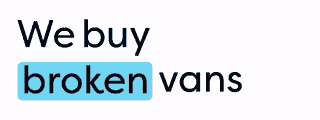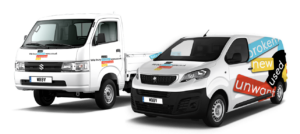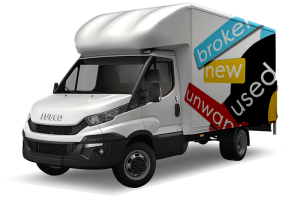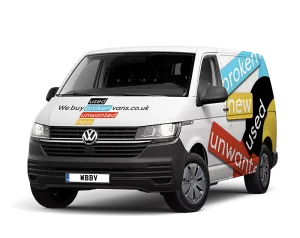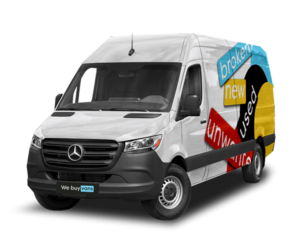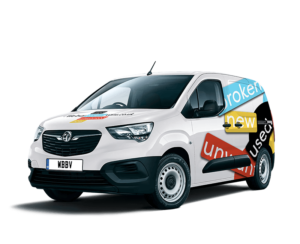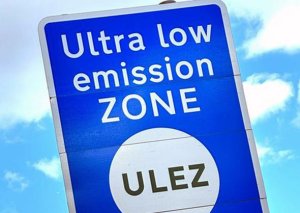

The Ultra Low Emission Zone (ULEZ) in London is a pioneering initiative aimed at reducing vehicle emissions and improving air quality. However, ULEZ is not just about curbing pollution from cars; it also seeks to promote the use of public transportation. This article delves into how ULEZ and public transportation systems are interconnected, examining the incentives, impacts, integration, challenges, and future developments in this crucial relationship.
Public Transport Incentives
One of the key strategies of ULEZ is to make public transportation a more attractive alternative to driving. To this end, several incentives have been introduced. Public transport users benefit from fare subsidies, making it more affordable to travel by bus, train, or tram. Additionally, investments in infrastructure aim to improve the efficiency and reliability of public transport services. By enhancing the convenience and cost-effectiveness of public transport, ULEZ encourages residents to leave their cars at home.
Impact on Public Transport Usage
Since the implementation of ULEZ, there has been a noticeable shift in public transport usage. Data from Transport for London (TfL) indicates an increase in the number of passengers using buses and trains. The reduction in road congestion due to fewer private vehicles also contributes to more reliable and faster public transport services. This positive feedback loop – where improved public transport attracts more users, which in turn leads to better services – underscores the effectiveness of ULEZ in shifting travel behavior.
Integration with Public Transport
ULEZ is closely integrated with broader public transport policies. For instance, TfL has introduced fare subsidies for certain zones, making public transport more appealing. Additionally, there have been significant investments in service improvements, such as increased bus frequencies and the introduction of new routes to underserved areas. These measures ensure that the public transport network can handle the increased demand resulting from ULEZ and provide a viable alternative to car travel.
Case Studies
Several examples illustrate how public transport services have improved in ULEZ areas. In Central London, bus routes have been restructured to provide more frequent services, especially during peak hours. The introduction of the Hopper fare, which allows unlimited bus and tram journeys within an hour for a single fare, has made public transport more flexible and cost-effective. New bus routes have been established in outer London areas to ensure that residents in these regions also have reliable access to public transport.
Environmental Benefits
The environmental benefits of increased public transport usage are significant. More people using buses and trains means fewer cars on the road, which directly reduces traffic congestion and lowers overall vehicle emissions. Public transport is generally more energy-efficient per passenger compared to private cars, contributing to lower carbon footprints and better urban air quality. This shift supports the broader goals of ULEZ by reducing the city’s reliance on polluting vehicles.
Challenges and Opportunities
Despite the progress, there are challenges in encouraging public transport usage. Some areas still suffer from inadequate public transport coverage, making it difficult for residents to rely solely on buses and trains. Additionally, overcrowding during peak times can deter people from using public transport. However, these challenges also present opportunities for improvement. Investing in expanded networks, increasing service frequencies, and enhancing the comfort and reliability of public transport can address these issues and further promote its usage.
Future Developments
Looking ahead, several developments could further support ULEZ goals. The introduction of electric buses is a major step forward. These buses not only reduce emissions but also offer quieter and more comfortable journeys. Expanding public transport networks, particularly in outer London, will ensure more comprehensive coverage and better access for all residents. Innovations in technology, such as real-time tracking and mobile payment systems, can enhance the user experience and make public transport even more attractive.
Conclusion
Public transportation plays a pivotal role in the success of ULEZ. By providing a viable and appealing alternative to private car usage, public transport supports the goals of reducing emissions and improving air quality. Continued investment in public transport infrastructure, services, and incentives is essential to maintain and enhance this relationship. As ULEZ evolves, so too must the public transport systems that underpin its success, ensuring a cleaner, healthier, and more sustainable urban environment for all.
